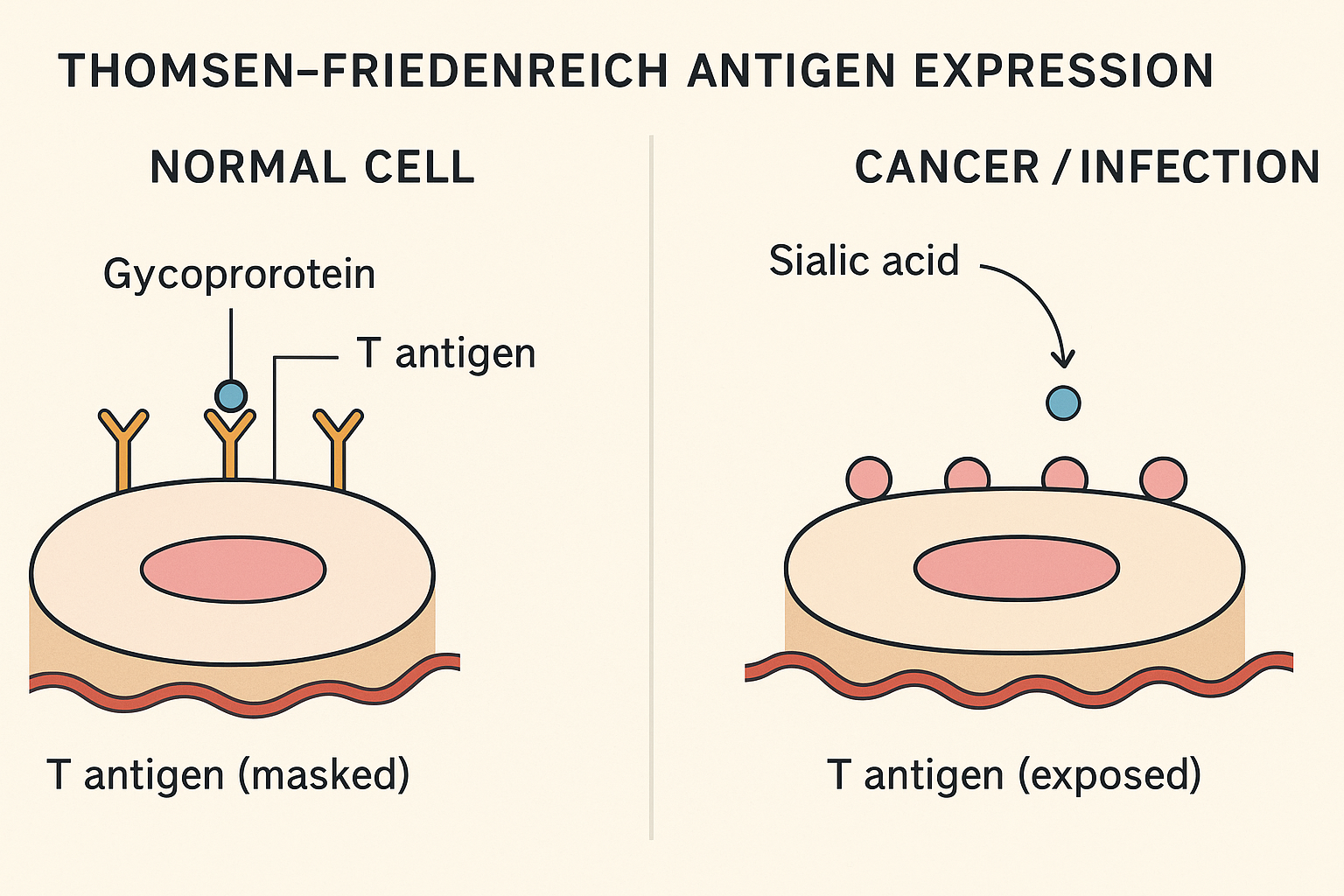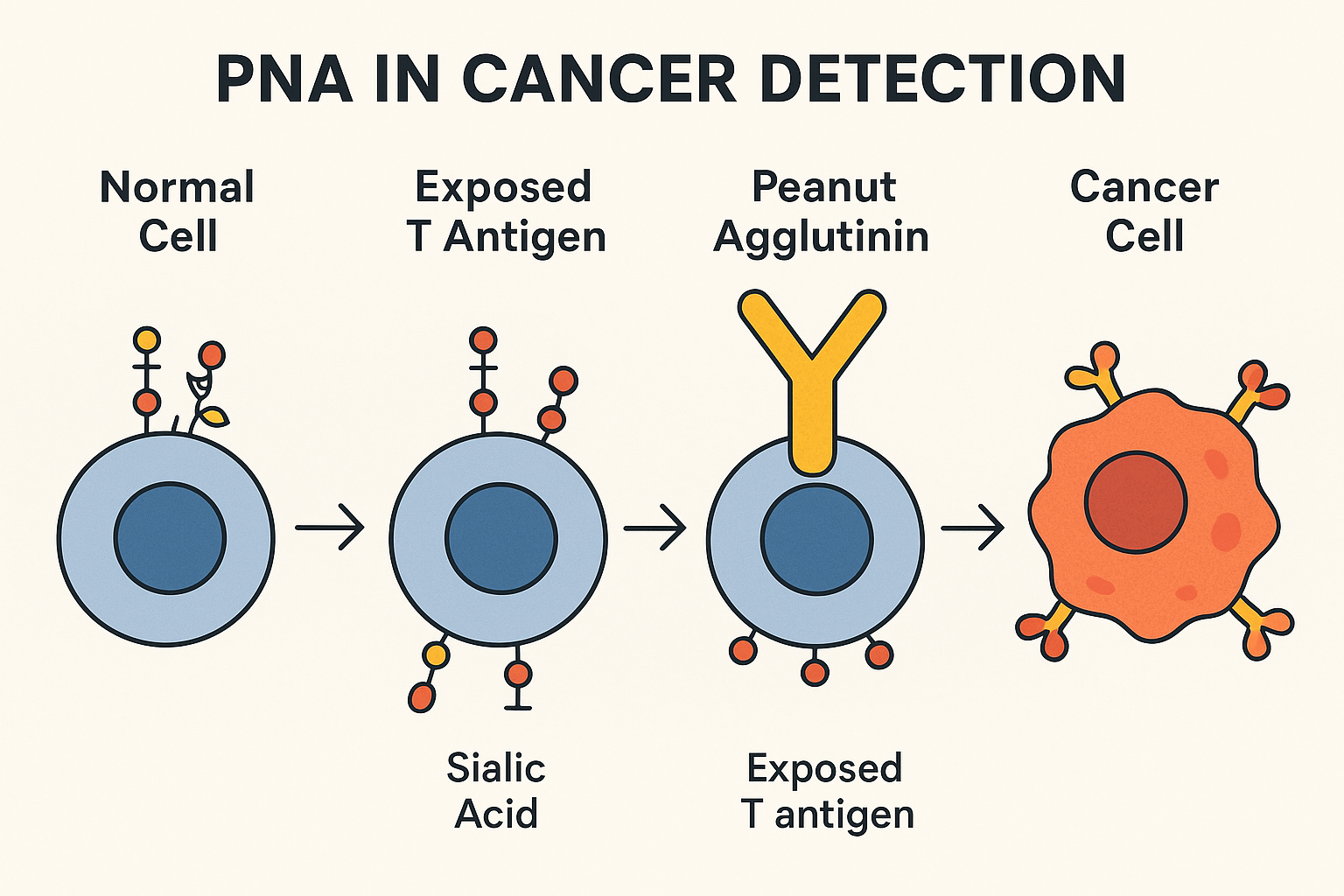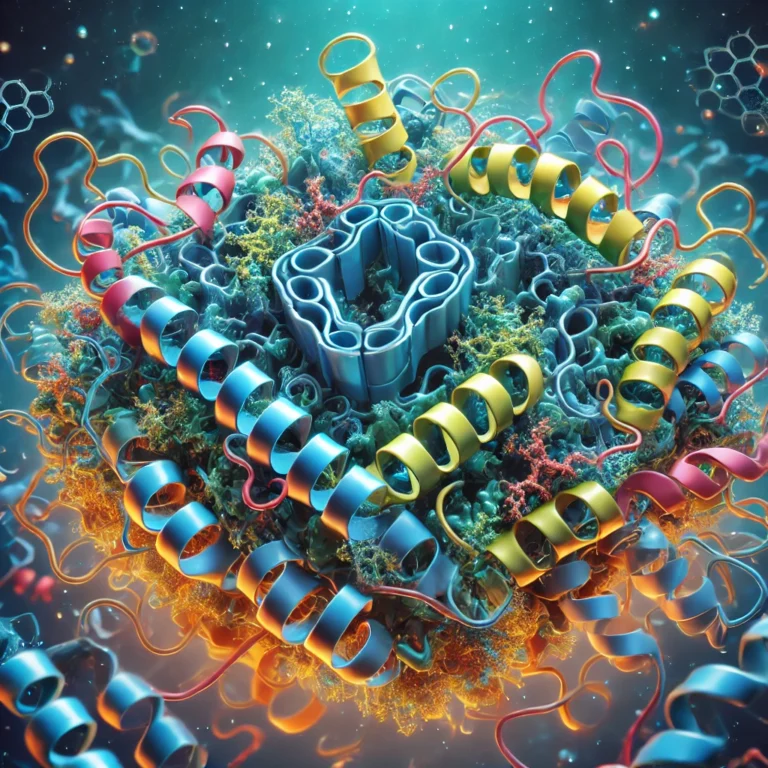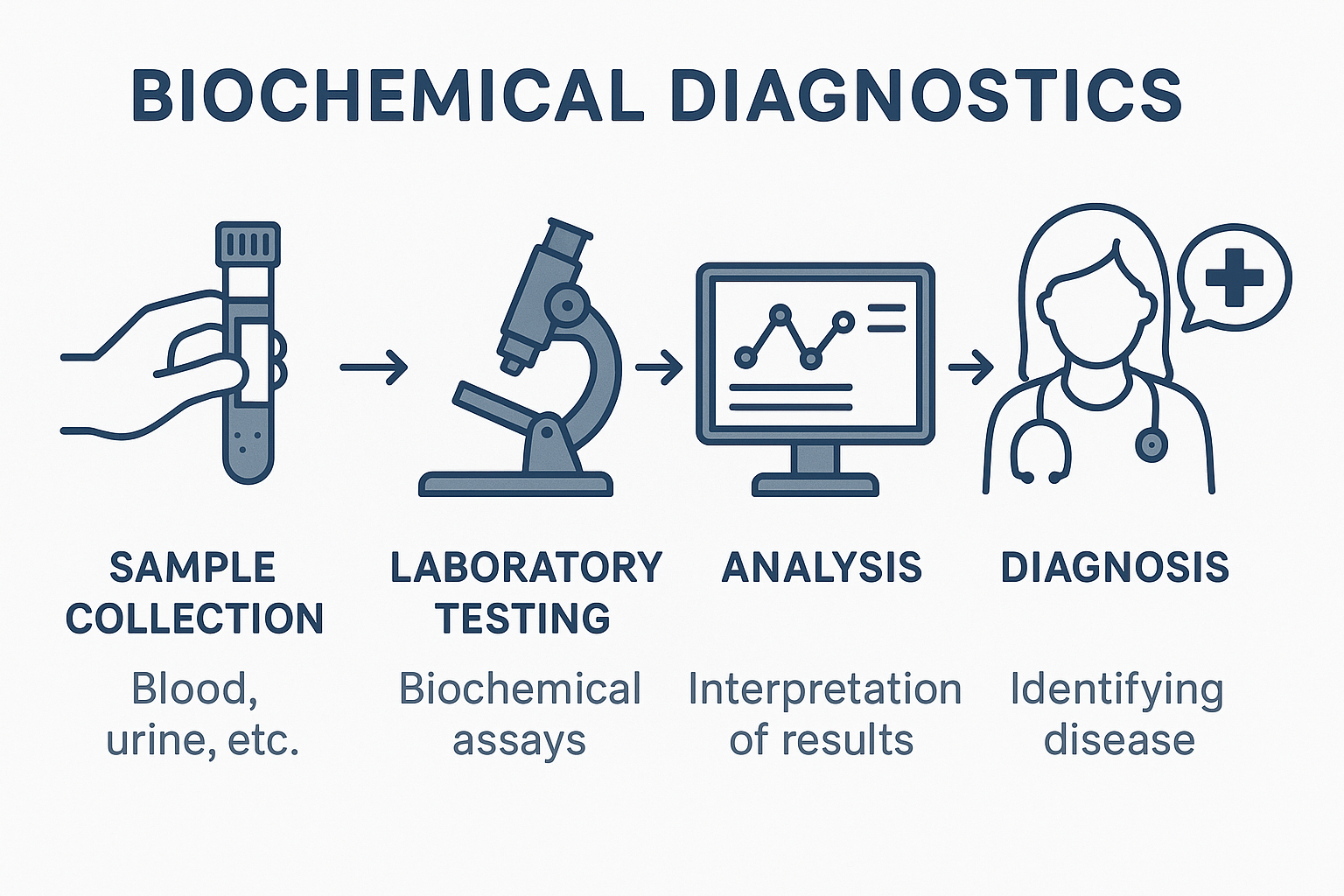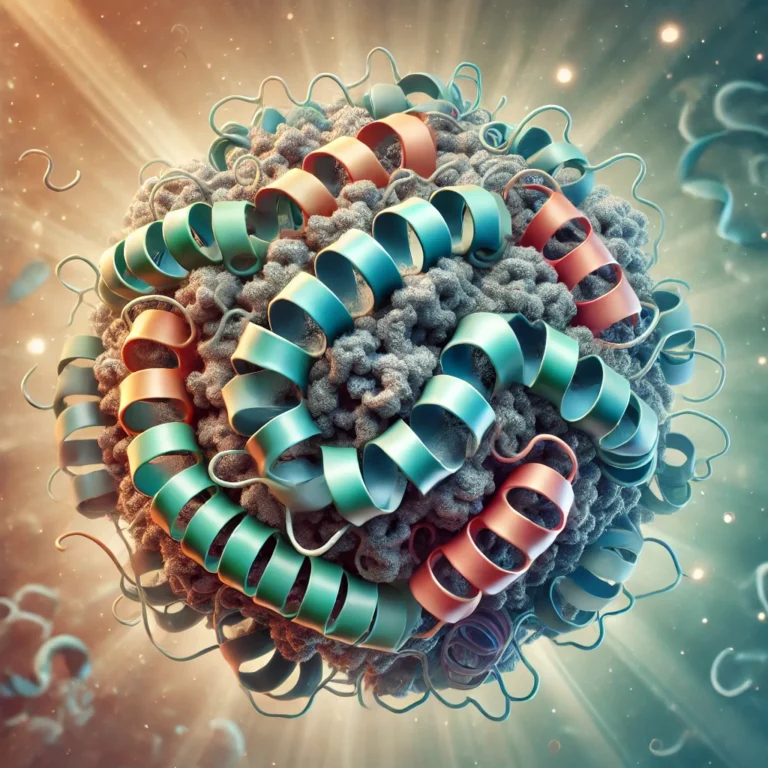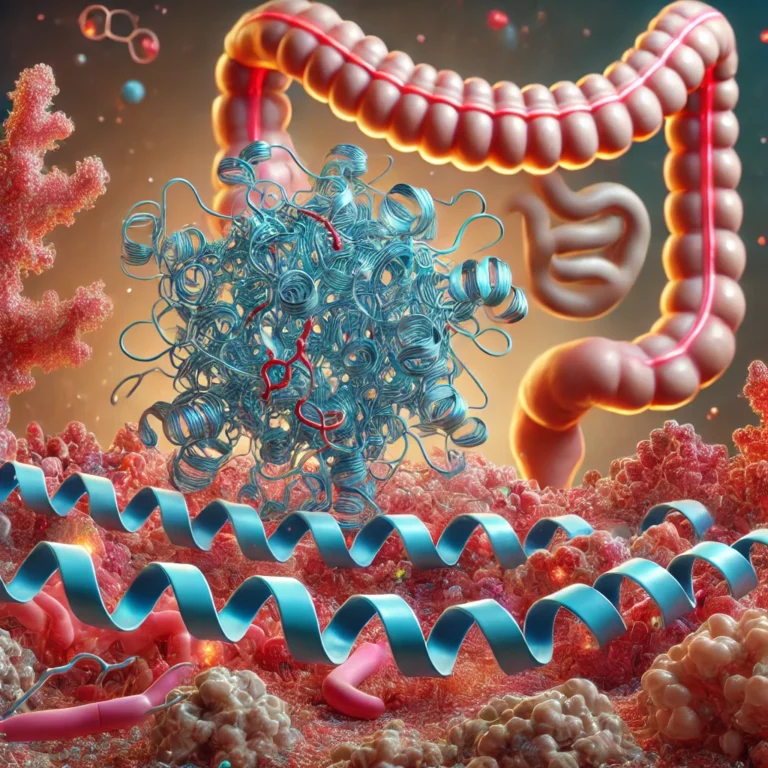What Causes High Thomsen-Friedenreich antigens
When it’s exposed, it can be detected by specific antibodies (like peanut agglutinin), and its presence is linked to disease processes.
The Thomsen–Friedenreich antigen (T antigen) — sometimes called the T-antigen or T-disaccharide — is a carbohydrate structure normally hidden on cell surfaces by glycosylation. In healthy tissues, it’s cryptic (masked), but in certain diseases it becomes exposed or overexpressed.
1. Cancer-Related Causes
High or exposed T-antigen is strongly associated with aberrant glycosylation in cancer cells. It appears in:
- Breast cancer (especially aggressive forms)
- Colorectal cancer
- Pancreatic cancer
- Lung cancer
- Gastric (stomach) cancer
- Prostate cancer
- Leukemias and lymphomas (certain subtypes)
In cancer, T-antigen expression is often a marker of tumor progression and metastasis — because altered glycosylation can change cell adhesion and immune recognition.
2. Benign or Non-Cancerous Causes
Although less common, T-antigen exposure can also happen in non-malignant conditions:
- Hemolytic anemia from T activation
- Seen in T-activation syndrome after certain bacterial infections (especially Streptococcus pneumoniae, Clostridium perfringens) — bacterial neuraminidase removes sialic acid, unmasking the T-antigen on red blood cells.
- Sepsis – bacterial enzymes can expose the antigen on blood cells.
- Inflammatory diseases – chronic inflammation may alter glycosylation.
- Certain developmental disorders – congenital disorders of glycosylation (rare).
3. Laboratory/Clinical Context
- In oncology: Used as a tumor-associated carbohydrate antigen (TACA) in research and some experimental diagnostics.
- In transfusion medicine: Sudden appearance of T-antigen on RBCs can cause hemolysis if the patient has anti-T antibodies (important in pediatric and post-infectious cases).

